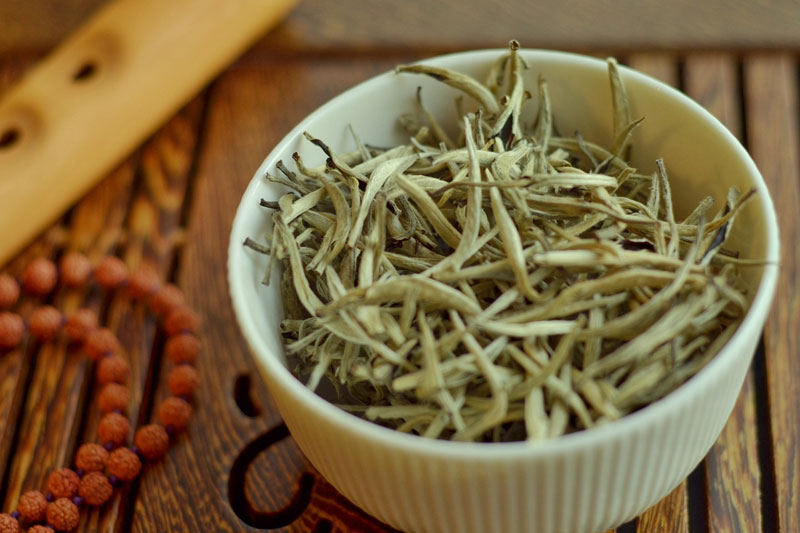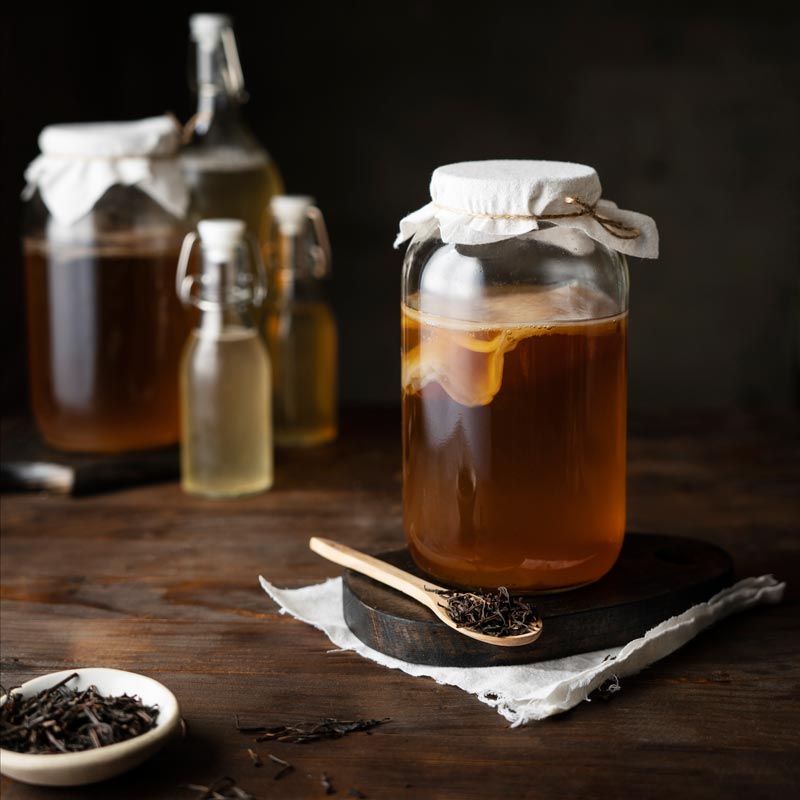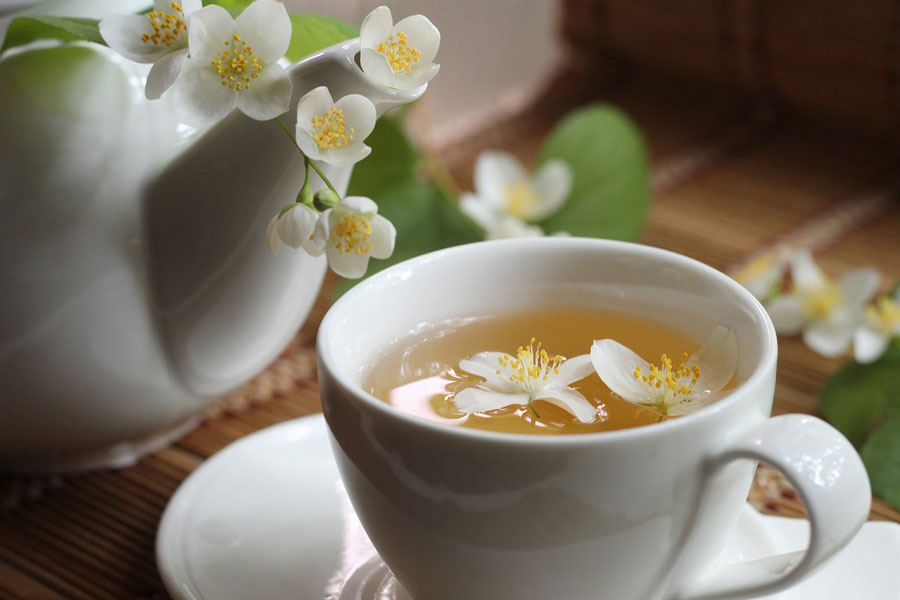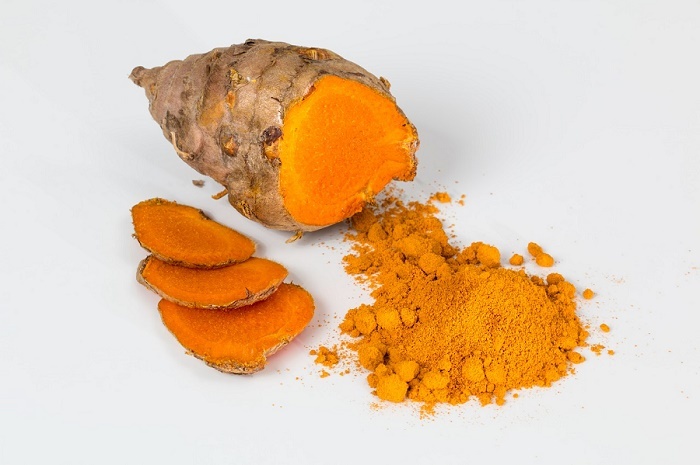Tea has made its way into the hearts of every Indian. From the compulsory evening tea in almost every household to every small tea-selling joints in the country, it is the most sought-after beverage in India. The tea that most Indians are acquainted with is black tea. With the changing times, however, people have become health aficionados and have started inculcating the habit of taking green tea, whose health benefits are now well known. What most people are unaware of, though, is that there is another type of tea that has as much health benefit as does the green type. It is known as White Tea. It is recently gaining popularity in India as well for its delicate and subtly sweet flavour.
White tea is derived from the leaves of the tea plant known as Camellia sinensis var. Khenge Bai Hao and Camellia sinensis var. Fudin Bai Hao. Originating in the Fujian province of China, It was then used by the Chinese to serve only to the elites. They discovered that the nascent buds of these plants produced a sweet fruity flavoured liquor of the mildest of yellow-green texture. The use of white tea thrived during the Song Dynasty in China, when the fresh tea buds were meticulously ground into a white powder that produced the finest of tea. However, it is only recently that its multifarious health benefits have come to light. Ever since, the sale of this tea has gained momentum across the world.
How is White Tea made?
White tea is made from the finest tea buds produced during the first flush (harvest) as they call it. The best quality white teas are made from young, unopened buds and the first leaves of the tea plants. The buds and leaves are meticulously hand-plucked retaining the fine white hairs that are present just on the surface of the leaves. These are known as Pekoe. To extract the nuances of the tea, the buds and leaves are subjected to very little processing. The final product is the result of just two steps that include withering and drying. This must be carried out with utmost subtlety under the most delicate and appropriate of conditions to exact the best quality tea.
What different is the white tea?
Whilst all teas are produced from the same tea plant Camellia sinensis, they have different processing methodologies. They vary in taste and texture. The processing of green tea is comparatively greater than that of white tea. The lack of oxidation helps in preserving the nutrients, thus making them rich in antioxidants. EGCG (epigallocatechin gallate), a highly rich antioxidant, present in green tea aids in weight reduction when combined with the right diet and exercise. Pure organic green tea results in detoxification which can boost overall health.
White Tea, on the other hand, contains the least amount of caffeine compared to green and black teas. It gives the tea a much milder taste and is not as bitter. White tea contains the same kinds of antioxidants as green tea but in greater quantity and concentration. These antioxidants are highly beneficial and just like green tea, they help to boost cardiovascular health, lower bad cholesterol and fight ageing among many others.
Why is White Tea Expensive
As I said earlier, white tea is made from the youngest buds and leaves which must be painstakingly hand-picked, then withered and dried with extreme care so as to preserve the fine white pekoe hairs that covers the greenish gray tea leaves. Besides, production of this tea is limited which makes it more expensive than any other type of tea. The exquisite savour of the this tea is preserved with utmost care, resulting in a fine pale yellow liquid, extremely flavourful. Silver Needle which is the most expensive variety of white tea is made only from the single tips of the tea stem, which when dried, look like silver needles.
So it is time to give in to this unique variety of tea and take a dip into its world of exotic flavour.






